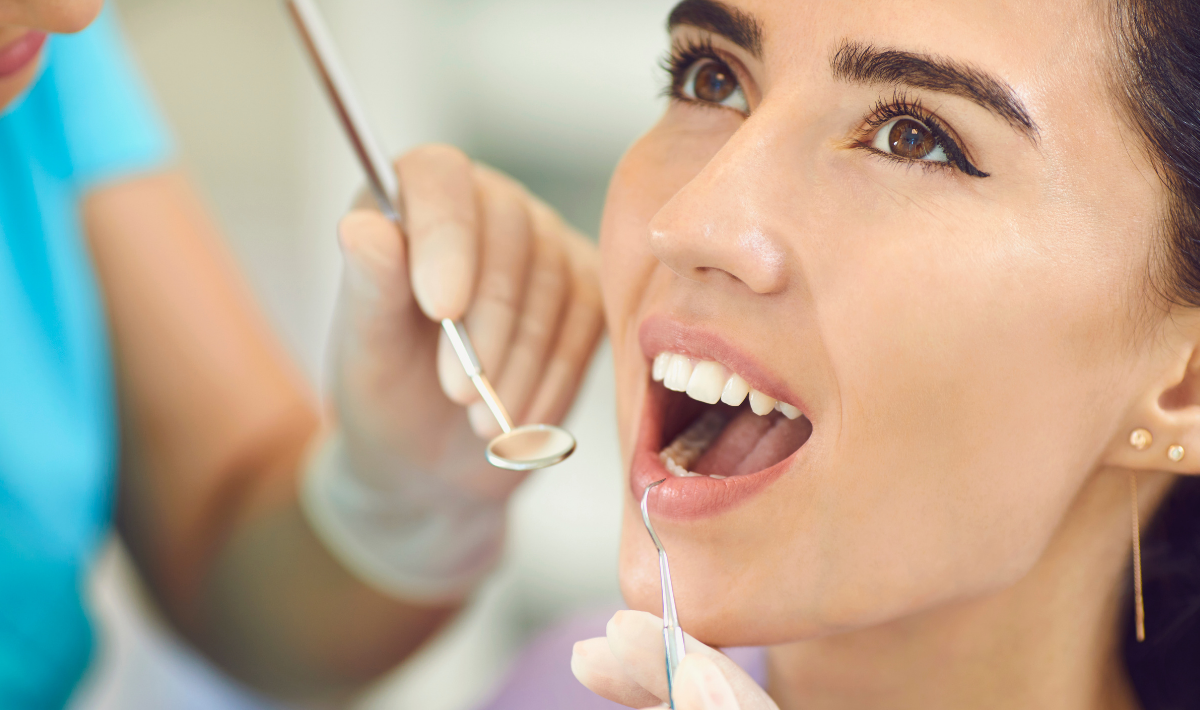By Andrea Kowalczyk, American Dental Partners Inc.
Deck: February is National Children’s Dental Health Month – a time to remember the important role hygienists play in preventive oral health.
It is a well-known fact that in the United States, our healthcare system is generally focused on the treatment of disease, rather than its prevention. According to a September 2012, New England Journal of Medicine perspective of healthcare in the U.S., researchers Farshad Fani Marvasti, MD, MPH, and Randall S. Stafford, MD, PhD, concluded the following: “Although the United States pays more for medical care than any other country, problems abound in our health care system. Unsustainable costs, poor outcomes, poor patient satisfaction and worsening health disparities all point to a need for transformative change. Unfortunately, many modifiable risk factors for chronic diseases are not being addressed adequately. A prevention model, focused on forestalling the development of disease before symptoms or life-threatening events occur, is the best solution.” *
In this system of treatment–focused healthcare delivery, dental hygienists as disease prevention experts stand out from the crowd. The formal definition of a dental hygienist according to the American Dental Hygiene Association is: “A licensed dental professional who specializes in preventive oral health, typically focusing on techniques in oral hygiene. Dental hygienists provide three types of services to their patients. The first of these is preventive services to promote and maintain good oral health. The second is educational services to help patients develop behaviors that promote better oral health and help them understand the importance of practicing these behaviors. The third type of service provided is therapeutic services, which are treatments meant to stop disease and maintain healthy tissues in the mouth.” **
There we have it: Dental hygienists by their very definition are preventative specialists, trained to prevent oral disease.
Dental practices that focus on prevention tend to:
- Offer in-office fluoride varnish to adult patients at risk of caries.
- Offer sealants for children and adults at high risk for decay.
- Dispense or write prescriptions for at-home fluoride.
- Perform a caries risk assessment.
- Periodontally probe each new patient.
- Perform oral cancer screenings.
- Offer smoking cessation and nutritional counseling.
The great thing about prevention in the dental office is that it is usually non-invasive and very inexpensive. Caries risk assessment involves a conversation with the patient to determine risk factors and possibly a saliva sample. Other than fluoride, preventative measures consist of healthy dietary changes and frequent cleanings – not medications. Radiation from digital x-rays is minimal. Oral cancer screening can be done either visually or with a harmless UV light.
In addition to being the right thing to do for our patients, prevention can be quite profitable for the practice when fluoride products are dispensed, sealants applied and periodontal disease properly treated. And while prevention may begin in the hygiene department, it should not stay there. Every team member should be focused on oral disease prevention.
As prevention experts, hygienists shouldn’t wait for the dentist or office manager to lead the way in prevention protocols!
*Farshad Fani Marvasti, MD, MPH, and Randall S. Stafford, MD, PhD
N Engl J Med 2012; 367:889-891September 6, 2012DOI: 10.1056/NEJMp1206230





